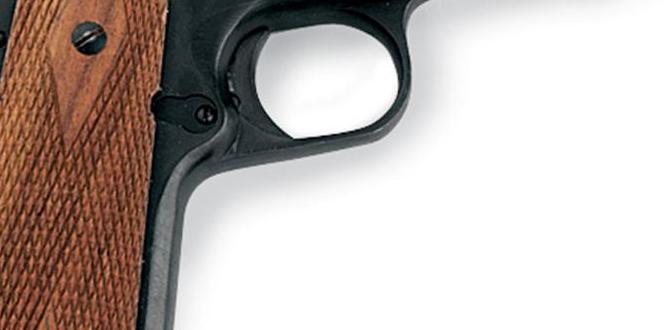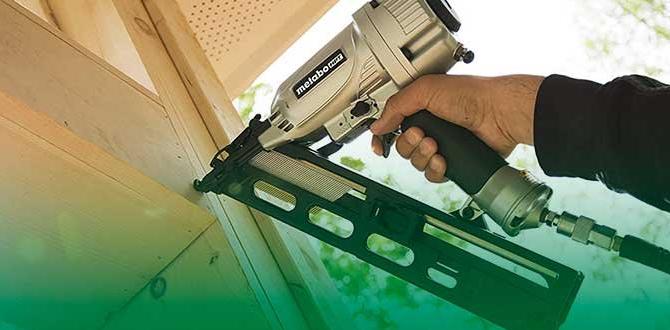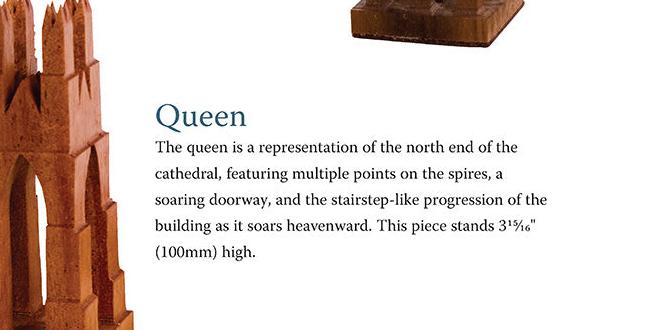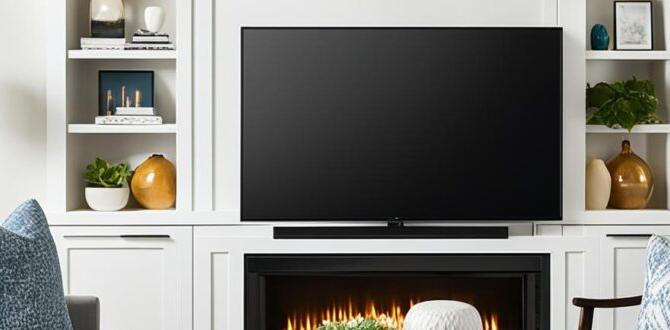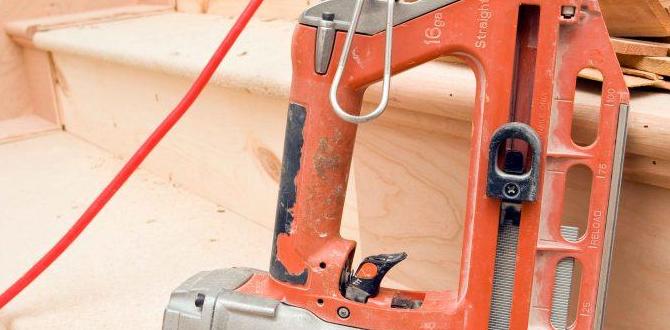Have you ever walked on a beautiful wood floor and wondered how it was made? Many people love the rich look of wood. However, finding the right flooring can be tricky. That’s where engineered wood flooring comes in. It’s a blend of real wood and man-made materials. This type of flooring has its own set of advantages and drawbacks.
Did you know that engineered wood can look just like solid wood? With clever designs, it can mimic the finest hardwoods. But just because it looks great doesn’t mean it’s perfect for everyone. Are you thinking about installing this flooring in your home?
In this article, we’ll explore the pros and cons of engineered wood flooring. You’ll discover how it stacks up against traditional wood. Is it the best choice for your family’s needs? Let’s dive in and find out!
Table of Contents
Engineered Wood Flooring Pros And Cons: A Comprehensive Guide
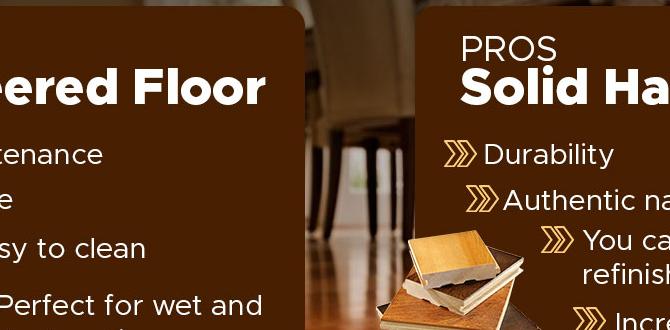
Engineered Wood Flooring Pros and Cons
Engineered wood flooring offers a blend of beauty and practicality. One major pro is its durability. It can resist moisture better than solid wood. Many homeowners love its natural look, which fits any style. However, it may not last as long as solid hardwood. Some options can also be pricier to install. Choosing the right flooring can change your home’s feel. Are you ready to find the perfect fit for your space?
What is Engineered Wood Flooring?
Definition and composition. Comparison to solid hardwood flooring.
Imagine a floor that looks like real wood but is super smart! Engineered wood flooring is made up of layers. The top layer is a thin slice of real wood, which gives it that beautiful look. Below that, several layers of plywood or other materials add strength. This makes it more stable than solid hardwood, which is like one big piece of wood. While solid hardwood can warp and shrink, engineered wood stays steady. It’s like the super friend of flooring!
| Feature | Engineered Wood Flooring | Solid Hardwood Flooring |
|---|---|---|
| Construction | Multiple layers | Single solid piece |
| Stability | High | Low |
| Cost | Lower | Higher |
Advantages of Engineered Wood Flooring
Costeffectiveness and economical benefits. Versatility in design and aesthetics. Durability and resistance to moisture. Ease of installation and maintenance.
Engineered wood flooring has some great perks. First off, it’s cost-effective. You save money while still getting a stylish floor. Next, it offers a wide range of designs, fitting any room like a glove. Plus, it’s super durable, resisting moisture better than your last raincoat. Installation is easy too! You’ll feel like a DIY champion, whether you’re flooring your living room or kitchen. Who knew home improvement could be this fun?
| Advantage | Description |
|---|---|
| Cost-Effective | More affordable than solid wood, saving your wallet. |
| Versatile Design | A variety of styles to match your taste. |
| Durable | Strong against moisture, lasting for years. |
| Easy Installation | Quick and simple to lay down with a few tools. |
Disadvantages of Engineered Wood Flooring
Limited refinishing options. Potential for damage from water and humidity. Perceived lack of authenticity compared to solid wood.
Engineered wood flooring comes with some hiccups. First, the refinishing options are limited, so if your floor gets scratched, you can’t sand it down too much. Next, it can face danger from water and humidity, like a cat avoiding bath time. If moisture sneaks in, you could be in trouble! Lastly, some people think it lacks the cozy charm of solid wood—like a wooden pretender at a fancy dinner party. Let’s break it down:
| Disadvantages | Details |
|---|---|
| Limited Refinishing | Only a few sands before it’s bye-bye! |
| Water Damage Risk | Water + wood = bad news bears! |
| Lack of Authenticity | Not as genuine as a grandma’s hug. |
Ideal Spaces for Engineered Wood Flooring
Best areas for installation (e.g., basements, kitchens). Considerations for different climates.
Engineered wood flooring is great for many areas. It works well in basements and kitchens since it handles moisture better than solid wood. For cold climates, it keeps warmth inside. In warm areas, it stays cool underfoot. Before installing, think about the room’s use and climate. Here are some ideal spaces:
- Living rooms
- Bedrooms
- Dining areas
- Home offices
Can you use engineered wood flooring in a bathroom?
Yes, you can use it, but choose water-resistant options. They help prevent damage from excess moisture.
Comparing Engineered Wood with Other Flooring Options
Sidebyside comparison with laminate and tile. Longterm value assessment vs. other materials.
Engineered wood flooring can be a great option, but how does it stack up against laminate and tile? First, let’s consider value. While laminate is cheaper, it may not last as long. Tile is durable but can be cold and hard underfoot. Engineered wood offers a nice balance of style and long-term value.
| Flooring Type | Cost | Durability | Comfort |
|---|---|---|---|
| Laminate | Low | Moderate | Average |
| Tile | Moderate | High | Low |
| Engineered Wood | Moderate to High | High | High |
In the long run, engineered wood’s lifespan can often outperform laminate. Plus, while tile may last forever, who wants to walk barefoot on a frozen pizza? Investing in engineered wood can lead to a cozy home that doesn’t cool your toes!
Maintenance Tips for Engineered Wood Flooring
Cleaning do’s and don’ts. Tips for protecting against scratches and dents.
Keeping your engineered wood flooring looking great is easier than you think! For cleaning, gently sweep or vacuum often to catch dust before it settles in for a long nap. Avoid using too much water—it’s not a swimming pool. Instead, damp mop with a cleaner meant for wood flooring. To protect against scratches and dents, try using furniture pads under legs. You wouldn’t want your couch to play tag with your floor!
| Cleaning Do’s | Cleaning Don’ts |
|---|---|
| Sweep or vacuum regularly | Don’t use sharp tools or brushes |
| Use damp mops | Don’t soak the floor |
| Use wood-safe cleaners | Don’t use harsh chemicals |
These small steps will help your floors stay happy and shiny! Remember, a little care goes a long way in keeping your space looking fabulous.
Cost Analysis: Engineered Wood Flooring
Breakdown of installation and material costs. Longterm versus upfront investment evaluation.
Looking at cost, engineered wood flooring has both installation and material costs to consider. Installation costs can vary based on floor size and the complexity of the job. Generally, you might pay around $3 to $8 per square foot. This includes labor and materials. Now, let’s think about the long-term. Although the upfront cost can seem high, engineered wood usually lasts longer than traditional wood. It can save you money over time.
What are the pros and cons of engineered wood flooring?
The pros include affordability, easy installation, and a stylish look. The cons can be lower durability and exposure to moisture.
Cost Breakdown
- Material Costs: $2 – $10 per square foot.
- Installation Costs: $1 – $5 per square foot.
- Maintenance: Lower costs over time due to durability.
Environmental Impact of Engineered Wood Flooring
Sustainability of materials used. Impact on deforestation and carbon footprint.
Using engineered wood flooring can be a smart choice for the planet. The main material comes from sustainable sources, which means fewer trees are cut down. This flooring also helps reduce the carbon footprint, allowing Earth to breathe easier. Did you know that for every 1 cubic meter of wood used, about 1.1 tons of CO2 emission is avoided? That’s like giving Mother Nature a big hug! However, some materials in engineered wood might not be so eco-friendly. Balance is key!
| Factor | Impact |
|---|---|
| Sustainable Materials | Less deforestation |
| Carbon Footprint | Lower emissions |
Expert Recommendations and Industry Trends
Insights from flooring professionals. Current trends in engineered wood flooring designs.
Flooring experts often suggest selecting engineered wood for its durability. This type of flooring holds up well against scratches and moisture. Current trends show a rise in natural-looking designs. Many homeowners now prefer wide planks and light colors that mimic real wood. This adds warmth to their homes. Many stores offer unique textures, like wire-brushed or hand-scraped finishes, making choices fun!
What are the current trends in engineered wood flooring?
Trends include wider planks, lighter colors, and natural textures. These features help create a cozy atmosphere in any room.
- Wide planks for a more spacious feel.
- Light colors that brighten the space.
- Texture variations for added style.
Conclusion
In summary, engineered wood flooring offers durability, easy installation, and a variety of styles. However, it can be more expensive and may not last as long as solid wood. To make the best choice for your home, weigh these pros and cons carefully. We recommend exploring more resources and talking to experts for help in your decision-making.
FAQs
Sure! Here Are Five Related Questions On The Topic Of Engineered Wood Flooring Pros And Cons:
Sure! Here are some pros and cons of engineered wood flooring. One good thing about engineered wood is that it looks like real wood. It can be cheaper than solid wood, too. You can put it in any room, even places with some moisture. A downside is that it can get scratched or damaged easily. It also might not last as long as solid wood.
Of course! Please share the question you would like me to answer, and I’ll be happy to help.
What Are The Main Advantages Of Choosing Engineered Wood Flooring Over Solid Hardwood Flooring?
Engineered wood flooring has some great benefits compared to solid hardwood. First, it’s usually cheaper, so you save money. Second, it’s easier to install, which can save you time. Also, it can handle humidity better, so it won’t warp as easily. Plus, it comes in many styles, so you can pick what you like best!
How Does The Durability Of Engineered Wood Flooring Compare To That Of Solid Hardwood And Laminate Flooring?
Engineered wood flooring is often just as strong as solid hardwood. It can handle changes in temperature and moisture better than solid wood. Laminate flooring is less durable, as it can scratch and wear down faster. Overall, engineered wood is a good choice if you want something strong and long-lasting!
What Maintenance Practices Are Recommended For Engineered Wood Flooring To Ensure Its Longevity?
To keep your engineered wood floor looking great, it’s important to clean it regularly. You should sweep or vacuum to remove dirt and dust. If there’s a spill, wipe it up right away with a damp cloth. Avoid using too much water, as it can harm the wood. Finally, place mats at doors to catch dirt and protect your floors.
Are There Specific Environmental Benefits Or Concerns Associated With Engineered Wood Flooring?
Engineered wood flooring has some good and bad effects on the environment. On the plus side, it uses less wood than solid wood floors. This helps save trees, which are important for our air and nature. However, some engineered wood can have harmful chemicals that can hurt our health. It’s important to choose safe products for our homes.
In What Situations Might Engineered Wood Flooring Be A Less Suitable Choice For A Home Or Commercial Space?
Engineered wood flooring might not be the best choice if you have a lot of water spills, like in a bathroom. It can get damaged if it’s too wet. If you have pets that scratch, real wood might last longer. Also, if you want a really fancy look, solid wood can look nicer. Think about where you want to put it before deciding!
{“@context”:”https://schema.org”,”@type”: “FAQPage”,”mainEntity”:[{“@type”: “Question”,”name”: “Sure! Here Are Five Related Questions On The Topic Of Engineered Wood Flooring Pros And Cons:”,”acceptedAnswer”: {“@type”: “Answer”,”text”: “Sure! Here are some pros and cons of engineered wood flooring. One good thing about engineered wood is that it looks like real wood. It can be cheaper than solid wood, too. You can put it in any room, even places with some moisture. A downside is that it can get scratched or damaged easily. It also might not last as long as solid wood.”}},{“@type”: “Question”,”name”: “”,”acceptedAnswer”: {“@type”: “Answer”,”text”: “Of course! Please share the question you would like me to answer, and I’ll be happy to help.”}},{“@type”: “Question”,”name”: “What Are The Main Advantages Of Choosing Engineered Wood Flooring Over Solid Hardwood Flooring?”,”acceptedAnswer”: {“@type”: “Answer”,”text”: “Engineered wood flooring has some great benefits compared to solid hardwood. First, it’s usually cheaper, so you save money. Second, it’s easier to install, which can save you time. Also, it can handle humidity better, so it won’t warp as easily. Plus, it comes in many styles, so you can pick what you like best!”}},{“@type”: “Question”,”name”: “How Does The Durability Of Engineered Wood Flooring Compare To That Of Solid Hardwood And Laminate Flooring?”,”acceptedAnswer”: {“@type”: “Answer”,”text”: “Engineered wood flooring is often just as strong as solid hardwood. It can handle changes in temperature and moisture better than solid wood. Laminate flooring is less durable, as it can scratch and wear down faster. Overall, engineered wood is a good choice if you want something strong and long-lasting!”}},{“@type”: “Question”,”name”: “What Maintenance Practices Are Recommended For Engineered Wood Flooring To Ensure Its Longevity?”,”acceptedAnswer”: {“@type”: “Answer”,”text”: “To keep your engineered wood floor looking great, it’s important to clean it regularly. You should sweep or vacuum to remove dirt and dust. If there’s a spill, wipe it up right away with a damp cloth. Avoid using too much water, as it can harm the wood. Finally, place mats at doors to catch dirt and protect your floors.”}},{“@type”: “Question”,”name”: “Are There Specific Environmental Benefits Or Concerns Associated With Engineered Wood Flooring?”,”acceptedAnswer”: {“@type”: “Answer”,”text”: “Engineered wood flooring has some good and bad effects on the environment. On the plus side, it uses less wood than solid wood floors. This helps save trees, which are important for our air and nature. However, some engineered wood can have harmful chemicals that can hurt our health. It’s important to choose safe products for our homes.”}},{“@type”: “Question”,”name”: “In What Situations Might Engineered Wood Flooring Be A Less Suitable Choice For A Home Or Commercial Space?”,”acceptedAnswer”: {“@type”: “Answer”,”text”: “Engineered wood flooring might not be the best choice if you have a lot of water spills, like in a bathroom. It can get damaged if it’s too wet. If you have pets that scratch, real wood might last longer. Also, if you want a really fancy look, solid wood can look nicer. Think about where you want to put it before deciding!”}}]}
